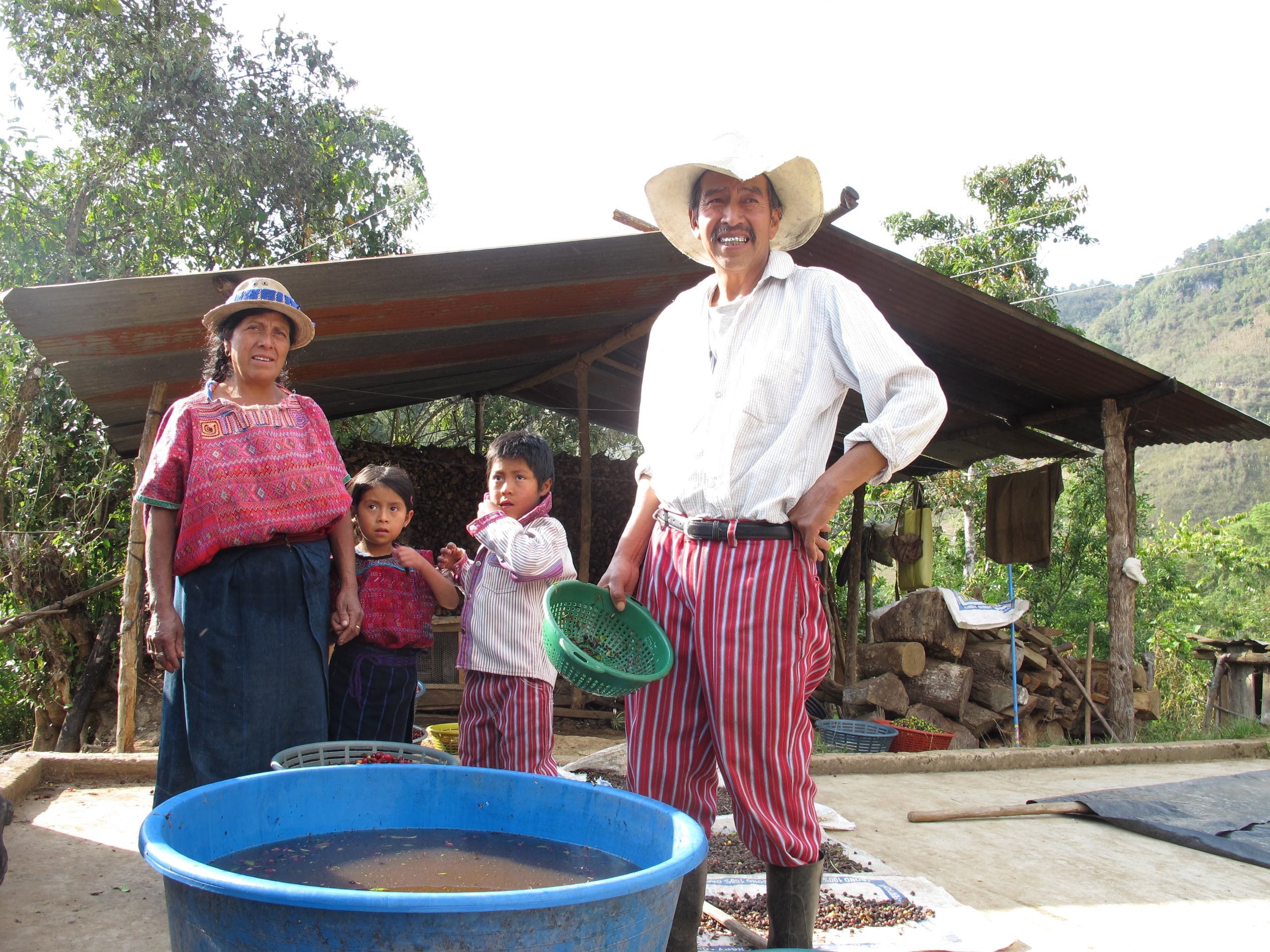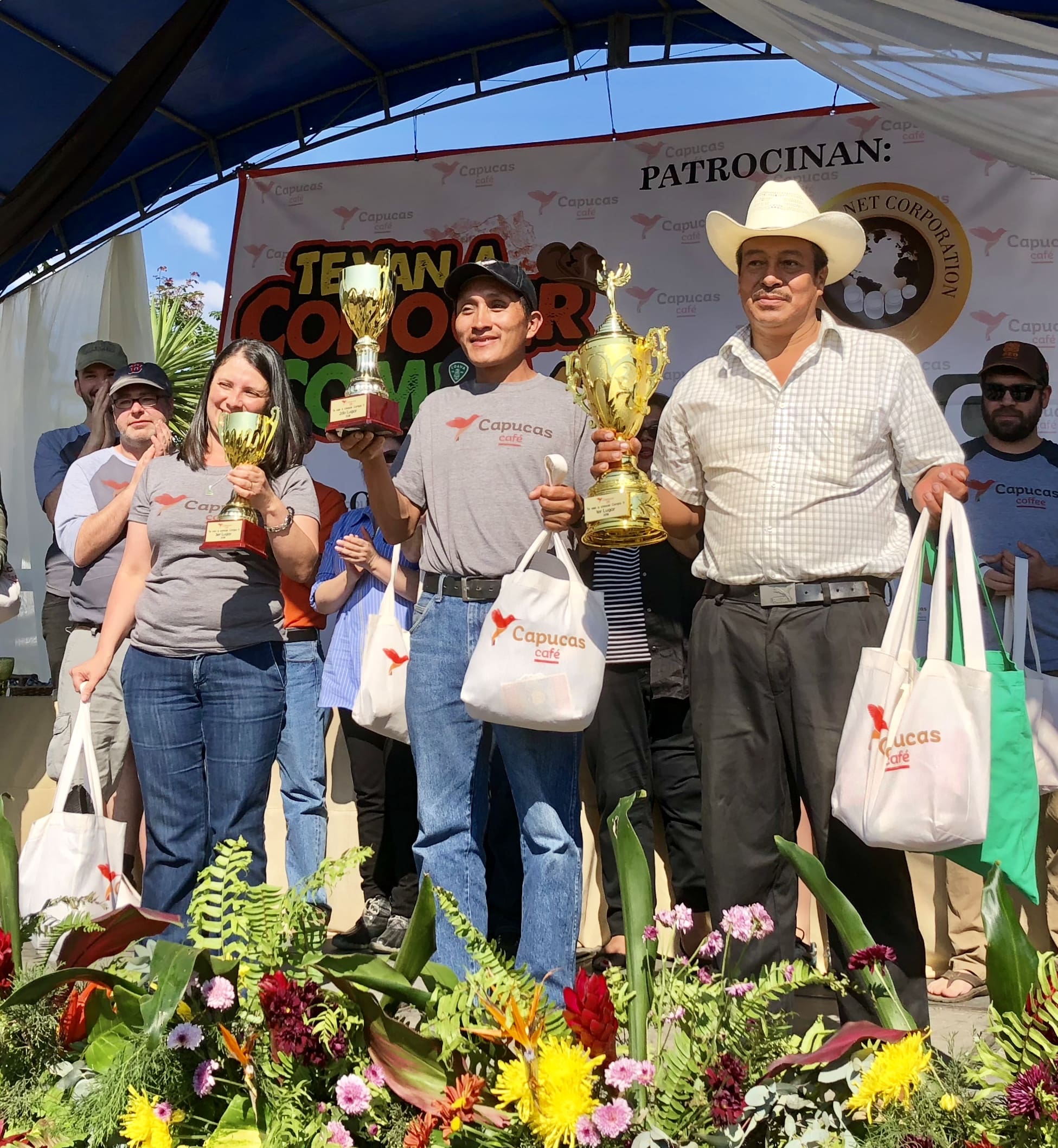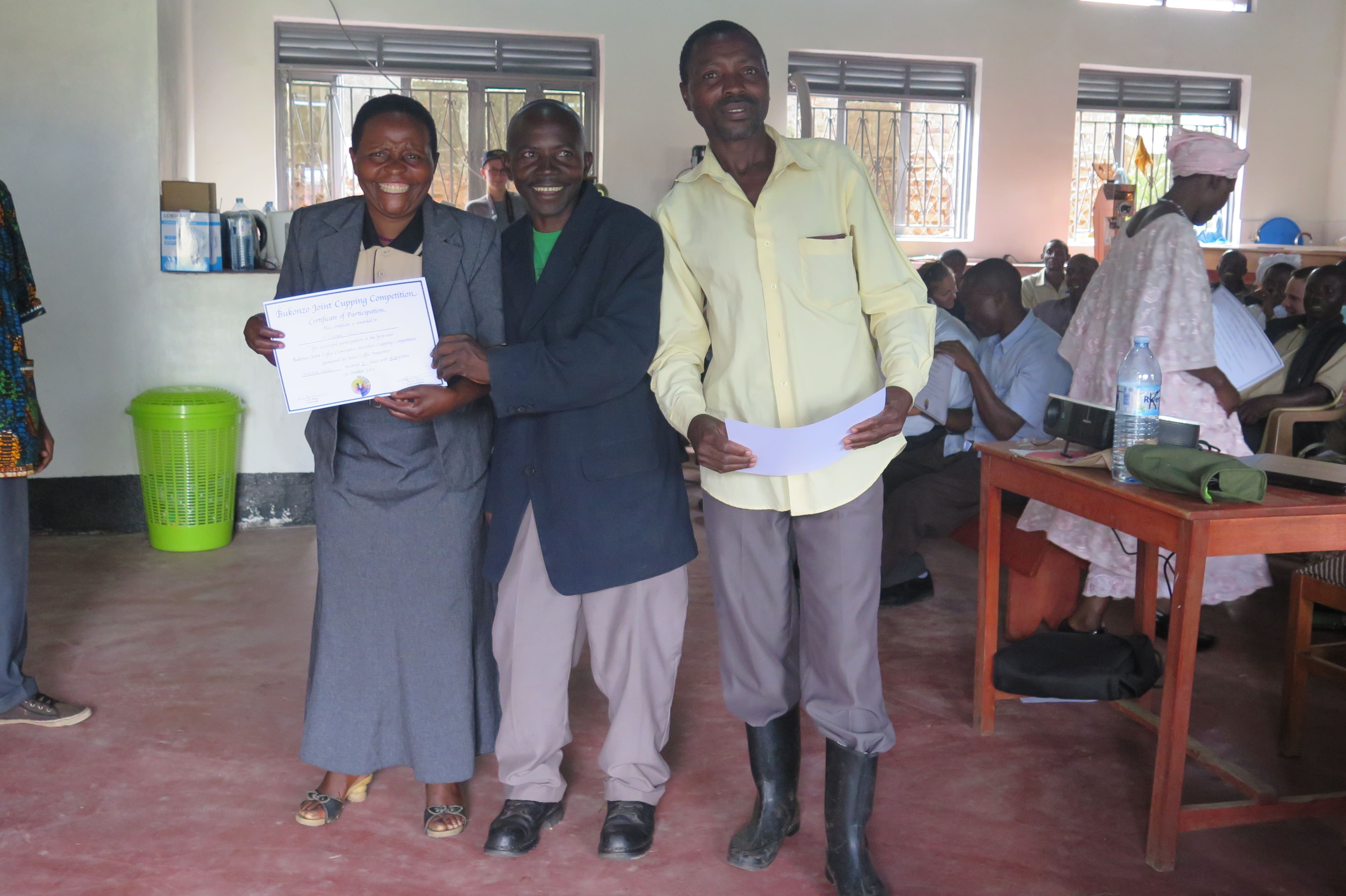What does the low NY C market mean for farmers?
As a coffee buyer you’re probably aware that the main trading month of the NY ‘C’ coffee market has dipped below a dollar for the first time since 2006. This is a great time for roasters to go long coffee (physical or futures,) but unfortunately a terrible time for coffee producers struggling to meet their costs of production. While certain fundamental factors like weather, supply and demand can and do influence the NY ‘C’ market, less tangible factors like foreign currency and geopolitical events tend to have a more profound impact these days. Even more so, speculative trading holds sway over the rise and fall of NY ‘C’ market levels to a degree that renders traditional fundamental factors relatively minor. If interested in reading more on the topic you can find a few links to some related articles at the bottom of this post.
Sustainable price mechanisms are critical for any stakeholder dependent on earning a living from specialty coffee. This includes farmers of course, but also importers, roasters and café owners. Cornell University and Fair Trade USA collaborated to produce a study analyzing Cost of Sustainable Production (COSP) among four coffee producing cooperatives in Latin America. The Cornell study determined prices for each cooperative that would meet COSP presuming a consistent production volume, and the use of only organic inputs. Using 80% as an average yield of exportable green coffee from parchment, and an average exporting cost of 25 usc/lb from farm gate (paid to farmer) to FOB (loaded onto ship at origin port,) the average price for these four groups to meet COSP works out to around USD $2.05/lb FOB.
What options do buyers have to guarantee price assurances to farmers?
Depending on the business model, green coffee prices are usually determined either by the importer selling the coffee, or by the roaster negotiating directly with an origin supplier (i.e. farmer or cooperative.) Very generally, a more traceable coffee will have greater price transparency. For example, an importer will typically have more information about a coffee carrying the name of a farm or a coop, as opposed to a standard type like “Colombia Excelso” or “Costa Rica SHB EP.” Paying a premium for traceable coffees is a great way to support sustainable pricing, and importers are usually eager to validate the prices they pay for these types.
Third-party certifications are another way to guarantee price assurances to farmers. These organizations publish standards that define the scope of their certification program and include audits to verify compliance. Since our topic is coffee prices, we’ll focus here on one concept that specifically addresses pricing for producers: fair trade. The words “fair trade” can bring up all kinds of images and ideas, which in the coffee industry at least aren’t always entirely accurate.
October is Fair Trade Month and as a part of Atlas’ Sustainable Coffee Challenge commitment and our overall commitment to support sustainable pricing for farmers, we’d like to address five of the questions that we most often receive from roasters about fair trade coffee.
Top 5 Roaster Questions about fair trade:
#1 - What’s the difference between “fair trade,” “Fair Trade” and “Fairtrade Certified?”
Okay, this may not be the #1 most frequently asked question, but we do hear it often and it will be a good one to answer first.
The term “fair trade” (no caps) refers to a concept that promotes equitable trade relationships through an agreed upon model. Within this concept fits certifications (such as Fair Trade USA and Fairtrade America) as well as verification/membership models like the Fair Trade Federation.
“Fairtrade” and “Fair Trade Certified™ ” refer to specific certification systems and the trademarked images that communicate those terms to the public/consumers.
“Fair Trade Certified™” (with the space) refers to “Fair Trade USA” (aka “FT USA”,) a 501(c)3 non-profit organization based in the U.S. Fair Trade USA coordinates with both international producers and domestic businesses to ensure that products carrying the “Fair Trade Certified” brand largely comply with an international set of price and operational standards established by Fairtrade International for cooperatives, and by Fair Trade USA for smallholders and estates.
“Fairtrade” (without the space) refers to “Fairtrade International” (aka the “Fairtrade Labeling Organization” or “FLO”) or its U.S. arm Fairtrade America. From Fairtrade America’s website: “Our standards require sustainable production and farming practices, improved working conditions, better prices and wages for farmers and workers, and more transparent trade practices. Fairtrade prohibits child labor, forced labor, GMOs, and encourages environmentally-friendly production. Fairtrade International’s Standards may be found here.
Regardless of the brand, the role of these organizations is to:
- Manage a third-party-verified system for farmers to receive price assurances and investment premiums for their goods and increased access to consuming markets.
- Provide third-party-verified traceability along the certified supply chain.
- Develop awareness of the need for sustainable pricing in consuming markets.
#2 - What does “fair trade” actually mean anyway?
See, the answers to Question 1 pretty much answer Question 2! While the expression “fairly traded” can mean absolutely anything, the terms “Fair Trade” and “Fairtrade” refer specifically to the activities of those organizations, and “Fair Trade Certified” is a trademarked brand.
Much like organic certification, any product sold as “Fair Trade Certified (or ‘Fairtrade’)” must be compliant with the standards of the affiliated organization. Brand licensing for use of the trademarked names and logos are strictly enforced for the consumer’s benefit. Without brand licensing to monitor usage of the Fairtrade (Fair Trade) brands, any company could slap the names & logos on any product willy-nilly.
#3 - Isn’t “Direct Trade” better than “Fair Trade?”
Roasters like to ask the tough questions. Much like “fairly traded” and “organically grown,” without standards and third-party verification “Direct Trade” could mean anything or nothing at all. While “DIRECT TRADE” has been trademarked by a private company, there’s no international regulation of its usage.
This isn’t to say that coffees marketed as “Direct Trade” have no additional value. Fair trade and "Direct Trade" models aren't necessarily mutually exclusive, and many successful sustainable sourcing strategies incorporate elements of both. Many excellent roasting companies invest their resources to increase sales prices and volumes for the producers they buy from, which may include regular visits to their producer partners. This is extremely valuable and we applaud roasters that operate in this way. Point being, a roaster may not make that investment and still market their coffee using “Direct Trade” because the usage of the term isn't regulated.
#4 - All my competitors offer Fair Trade coffee and I want to be different. What can I do?
This is one of the many never-dull aspects of building a coffee brand. Every market is different, and every coffee buyer should make a mission of knowing what their customer base will (and may) buy. If customers in your market are already buying some fair trade coffee, that’s great! You know that there’s interest in social development and origin stories.
Loads of info is usually available about Fair Trade Certified coffees, either from the importer, the coop’s own website or the certifier. Shifting promotional focus to the producer’s story may be a great point of differentiation. Then you can offer the customer as much information as they could possible absorb and also say “By the way, this certification guarantees price assurances and sustainable working conditions on the farm.”
Organizations like the SCA, NCA, Fair Trade USA and others regularly commission studies to better understand the preferences of coffee drinkers, looking at a diversity of aspects from roast profiles to sustainability themes. These industry groups can be wonderful resources and are often glad to share information beyond what they publish.
#5 - I’ve heard fair trade systems can be corrupt and the farmers don’t receive premiums. Is that true?
Tough questions! Our best answer is that Fairtrade International Standards and the auditing process exist specifically to combat corruption. In an unsupervised market the possibility (and existence) of corruption is prevalent all along the supply chain. Fair Trade certified cooperatives are responsible for monitoring and enforcing Fairtrade International Standards within their operation. The coops are audited by third parties on a regular basis to ensure compliance with standards. More info about Fairtrade Standards may be found here.
What’s Next?
With the industry looking for clear and meaningful ways to support sustainable pricing, the fair trade concept presents an established and functional option that’s accessible to all roasters. If your roasting business model can support development of direct relationships with producers, then all the better. Your importer will be able to offer options for sustainably priced coffees to best suit your business needs, be it a Fair Trade Certified cooperative coffee or a single-producer lot that isn’t certified by a third party, but has been purchased at a price that meets or exceeds the farmer’s cost of sustainable production. Just let us know how we can help!
For additional reading about the NY 'C' Market:
- Coffee in Crisis: How to Take Action by Parker Townley, from www.fairtradecertified.org
- When the Market Drops Again, Who Will Be Left to Speak Up? by Kim Elena Ionescu, from www.scanews.com
- The Scandal of the C-Price by Paul Hicks, from www.dailycoffeenews.com
- The 2018 Coffee Price Crisis: Market Fundamentals and Human Cost by Jos Algra, from www.dailycoffeenews.com
- Producers Urge Coffee Companies to Cover Farmers' Costs, from ft.com
** Huge thanks to Parker Townley from FT USA and to Susan Heller Evenson from Atlas for their contributions to this post!


